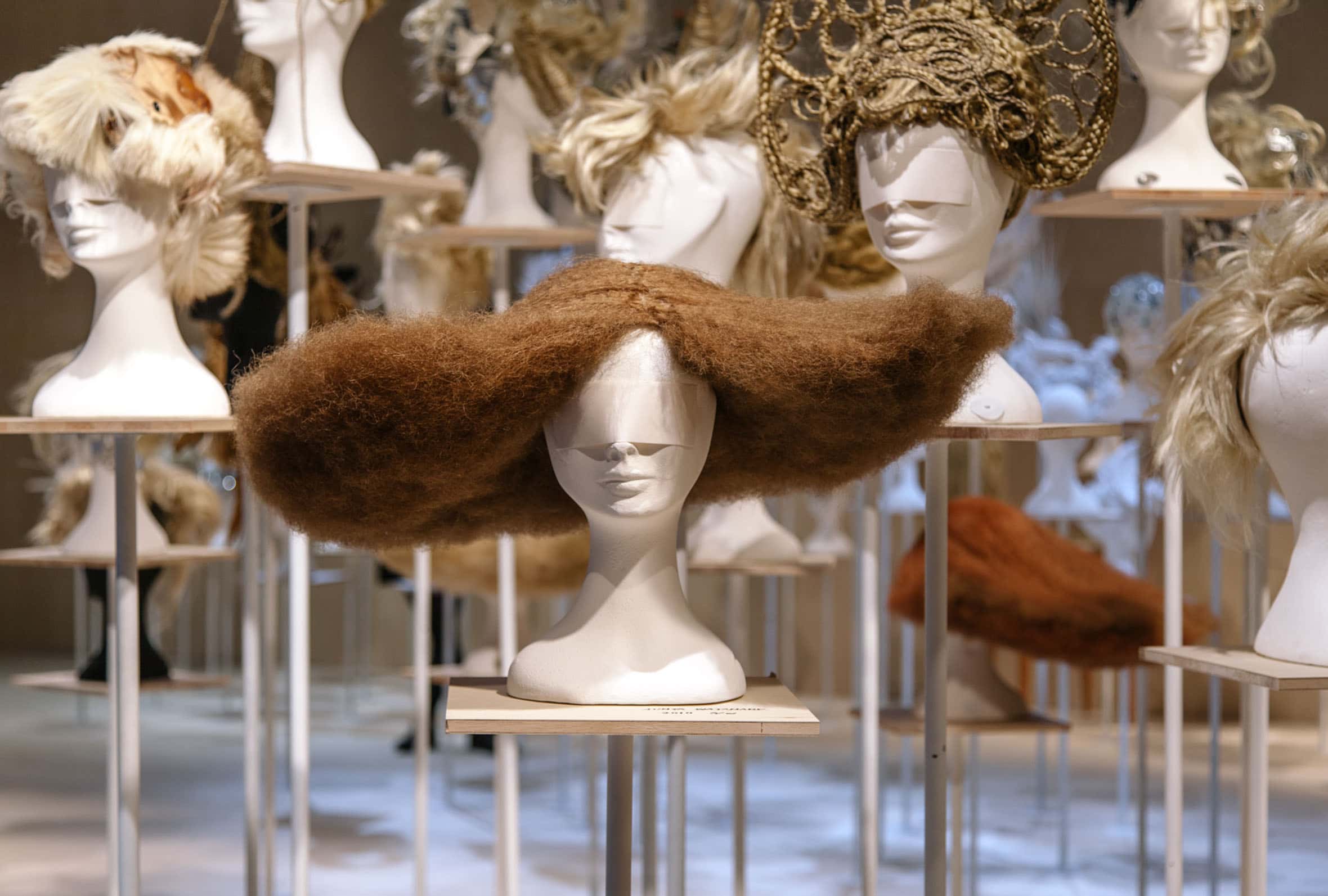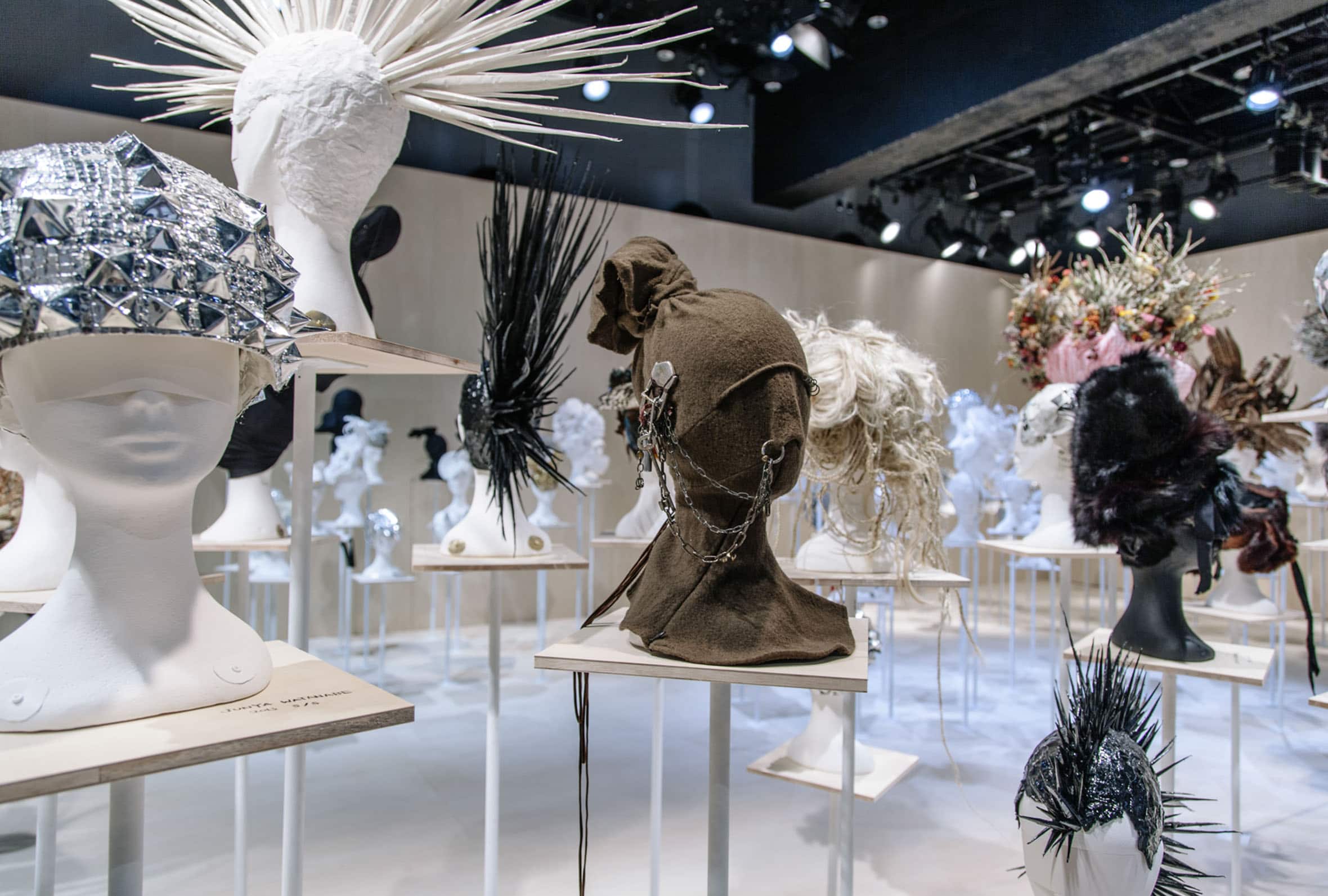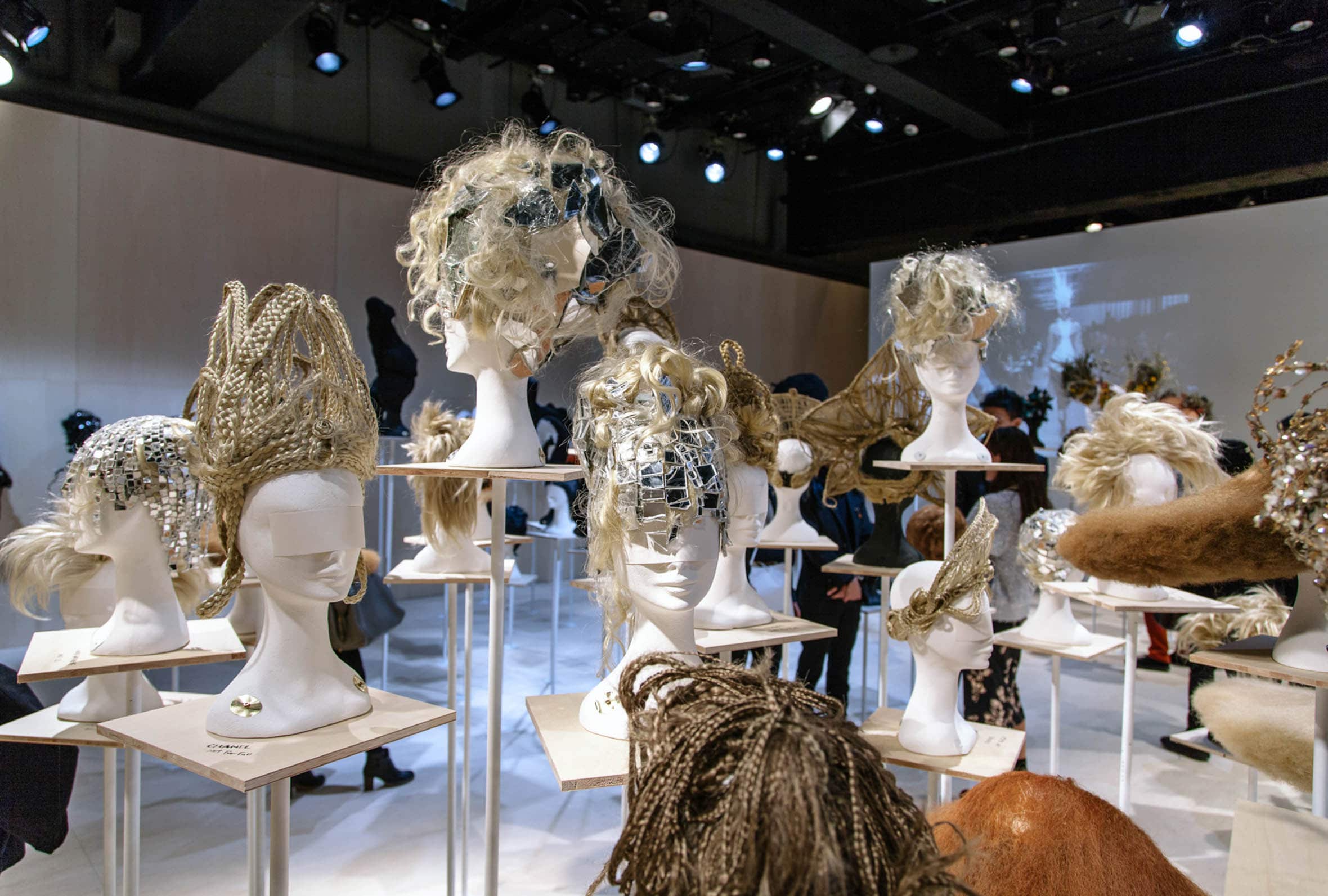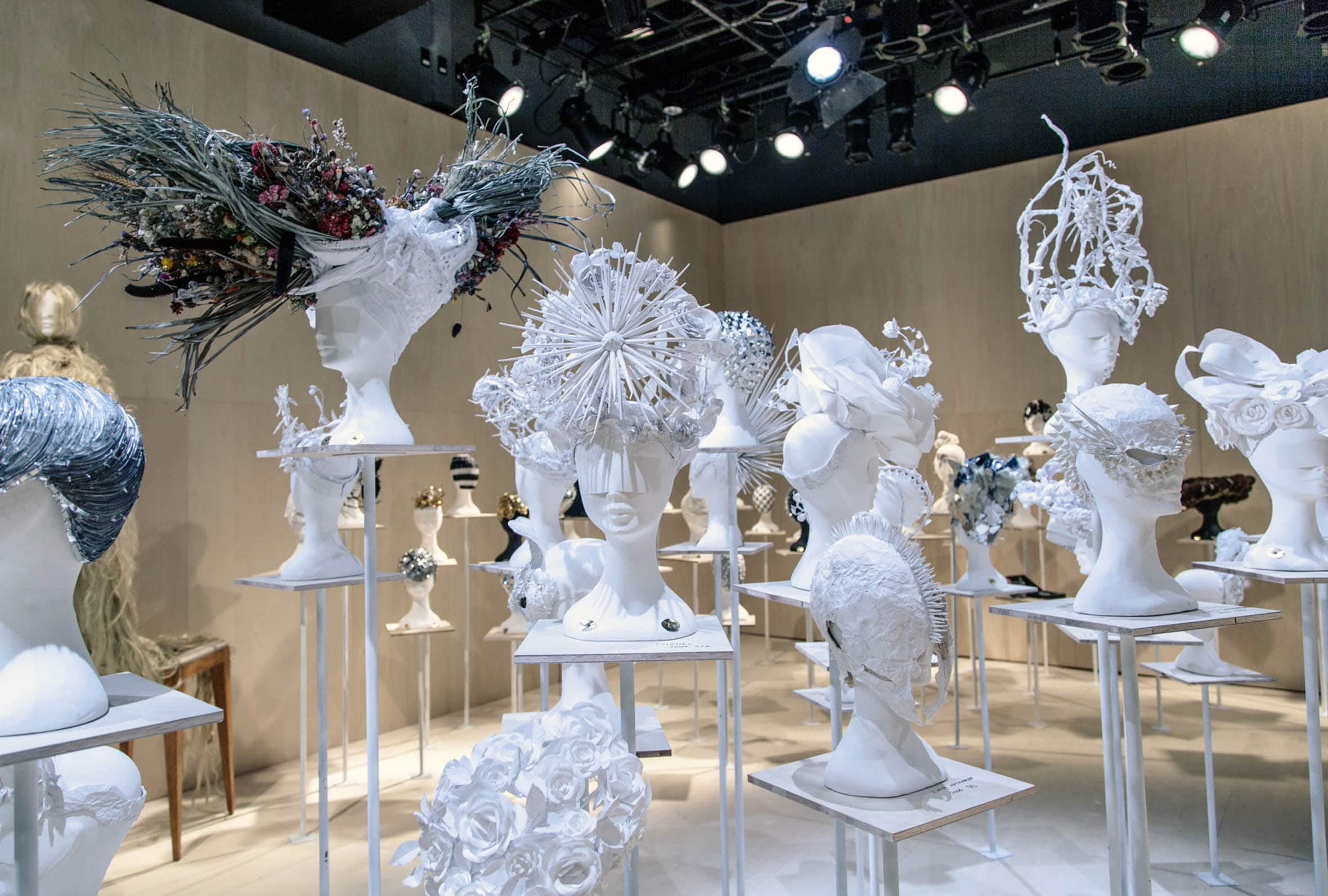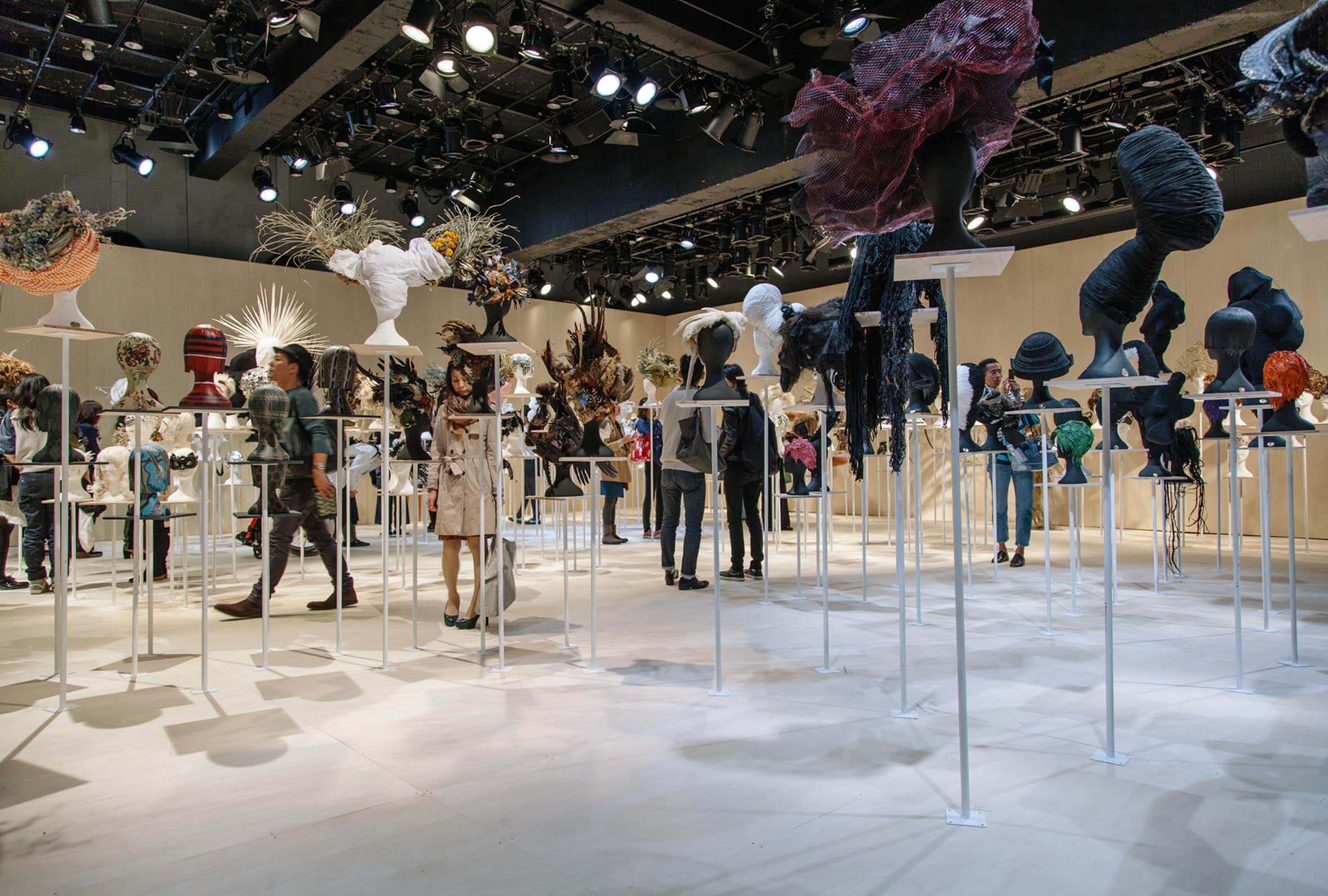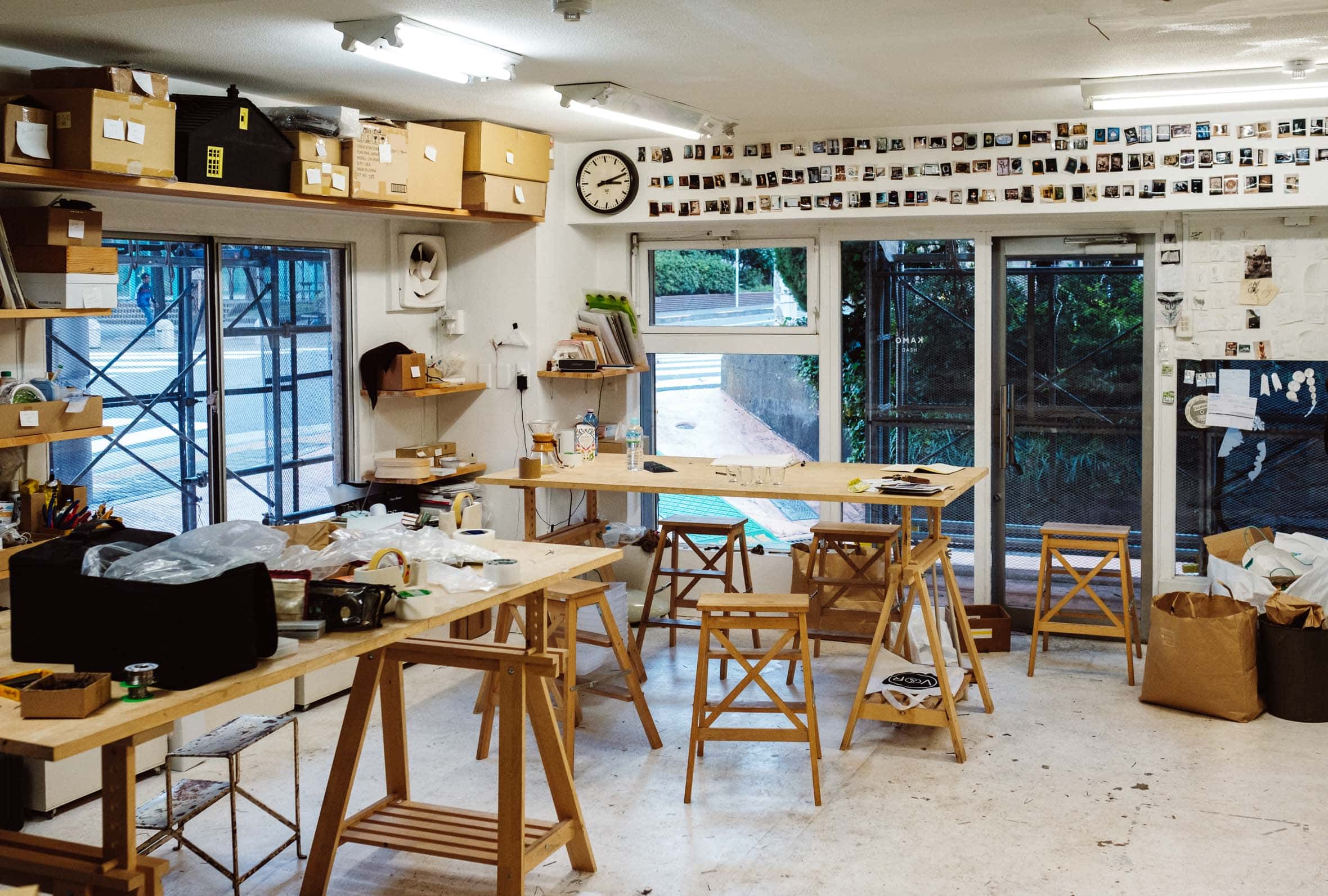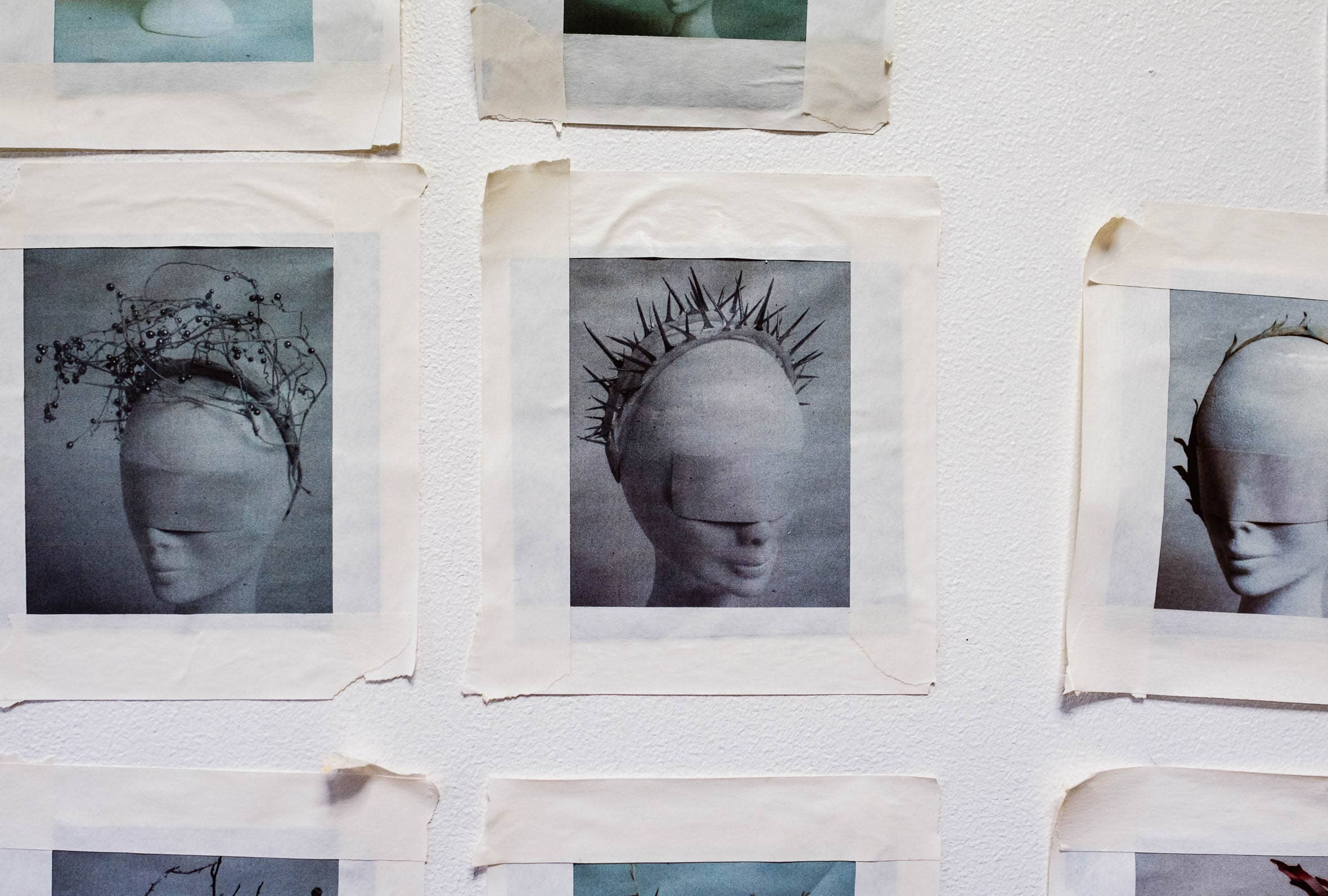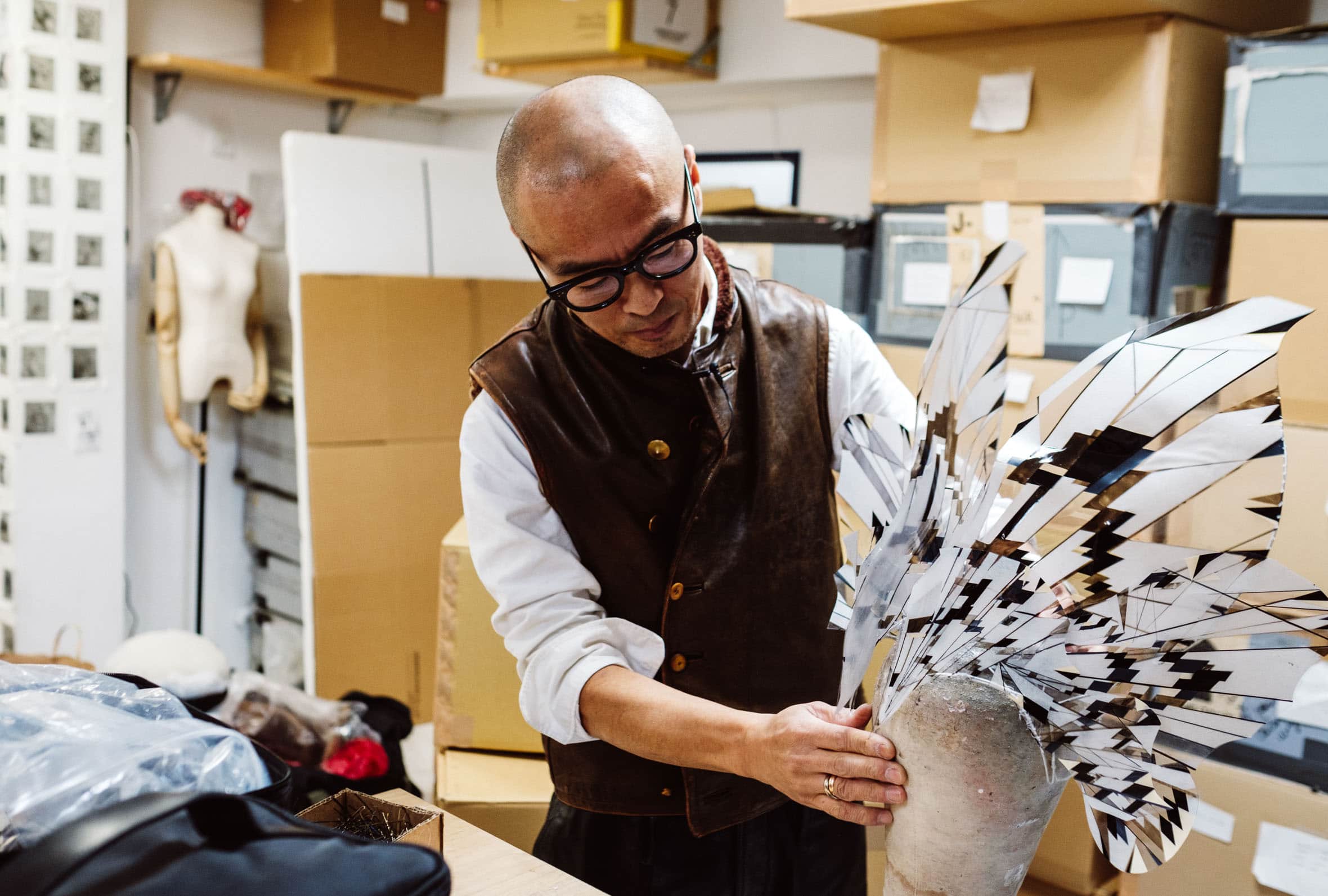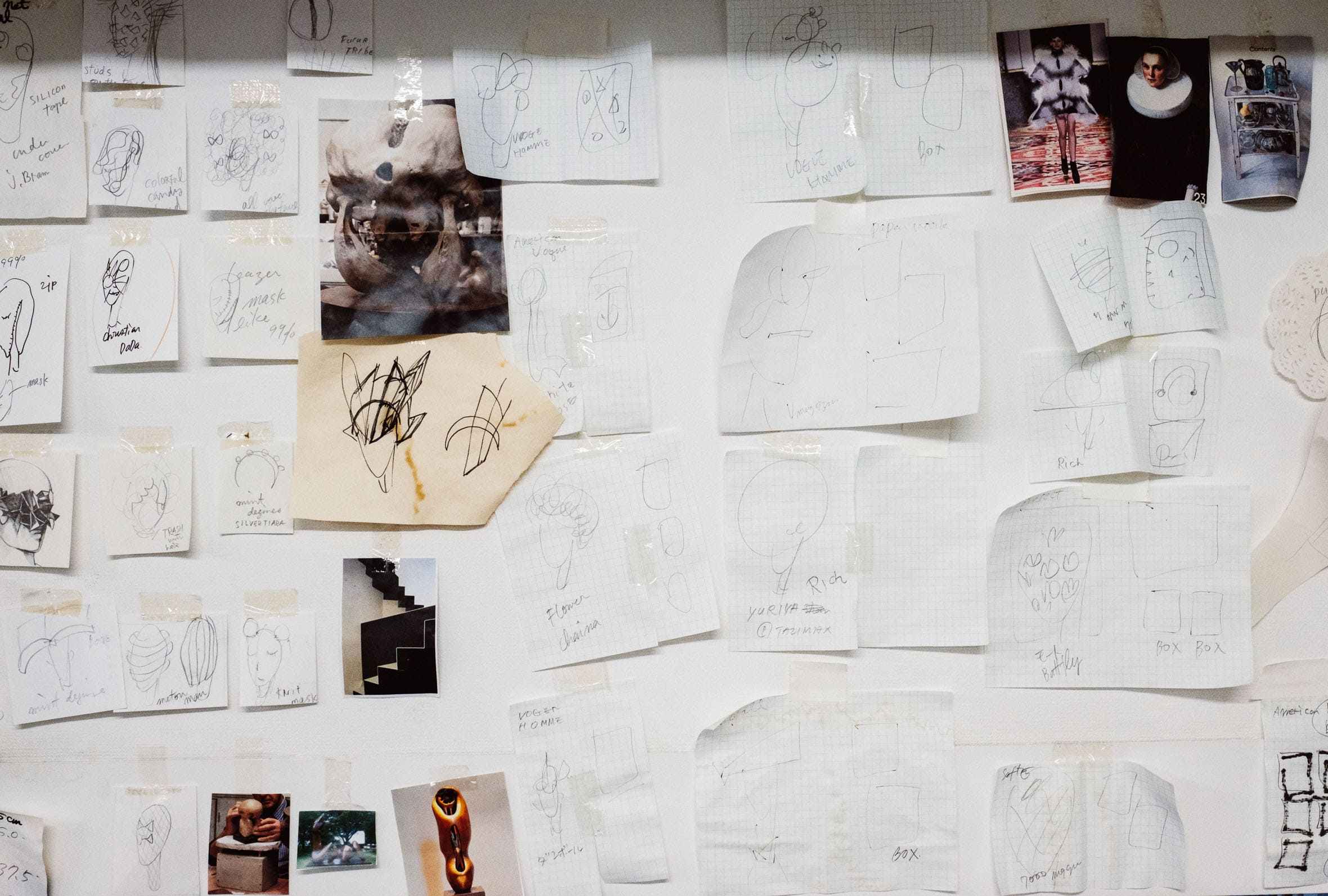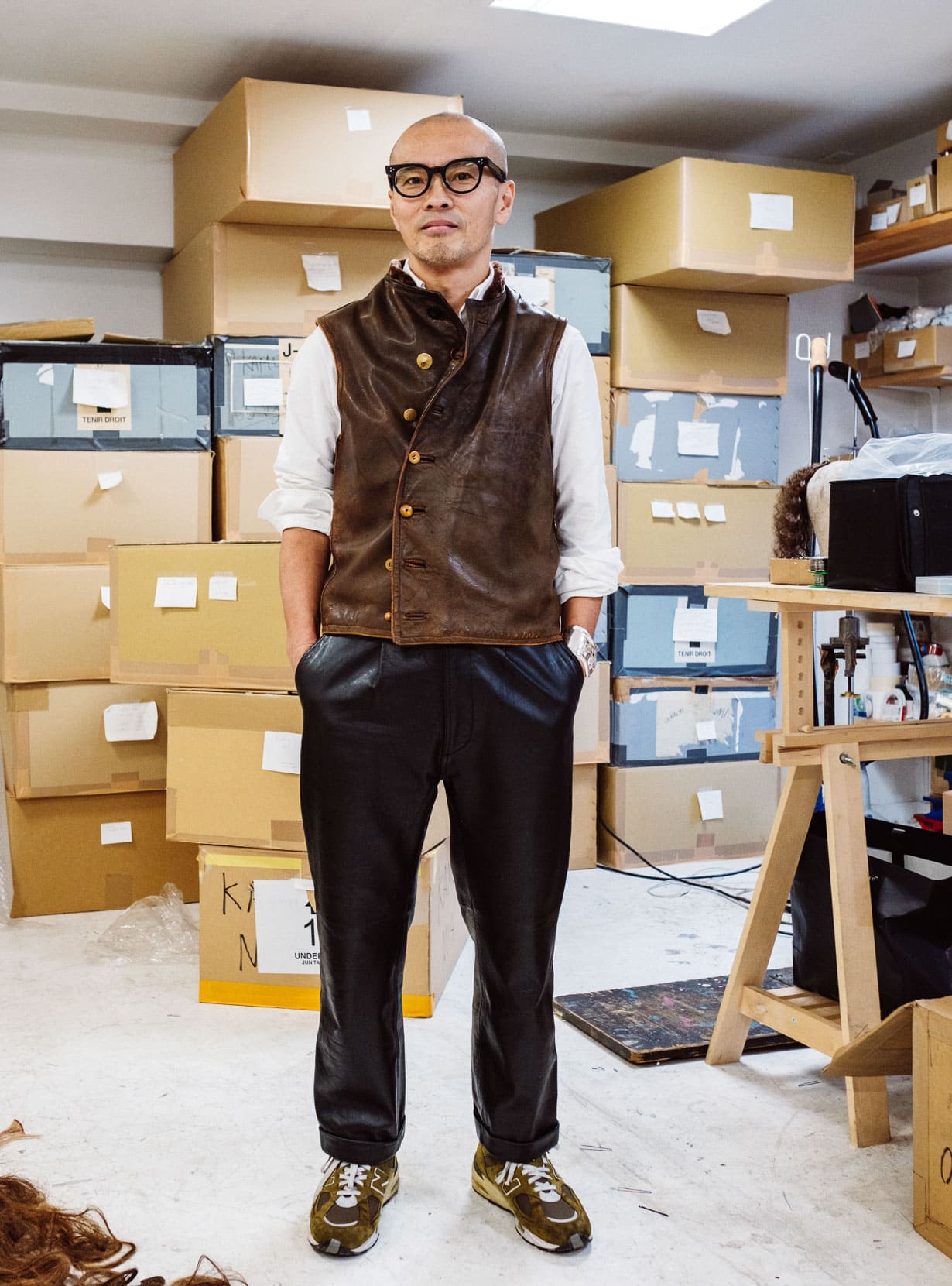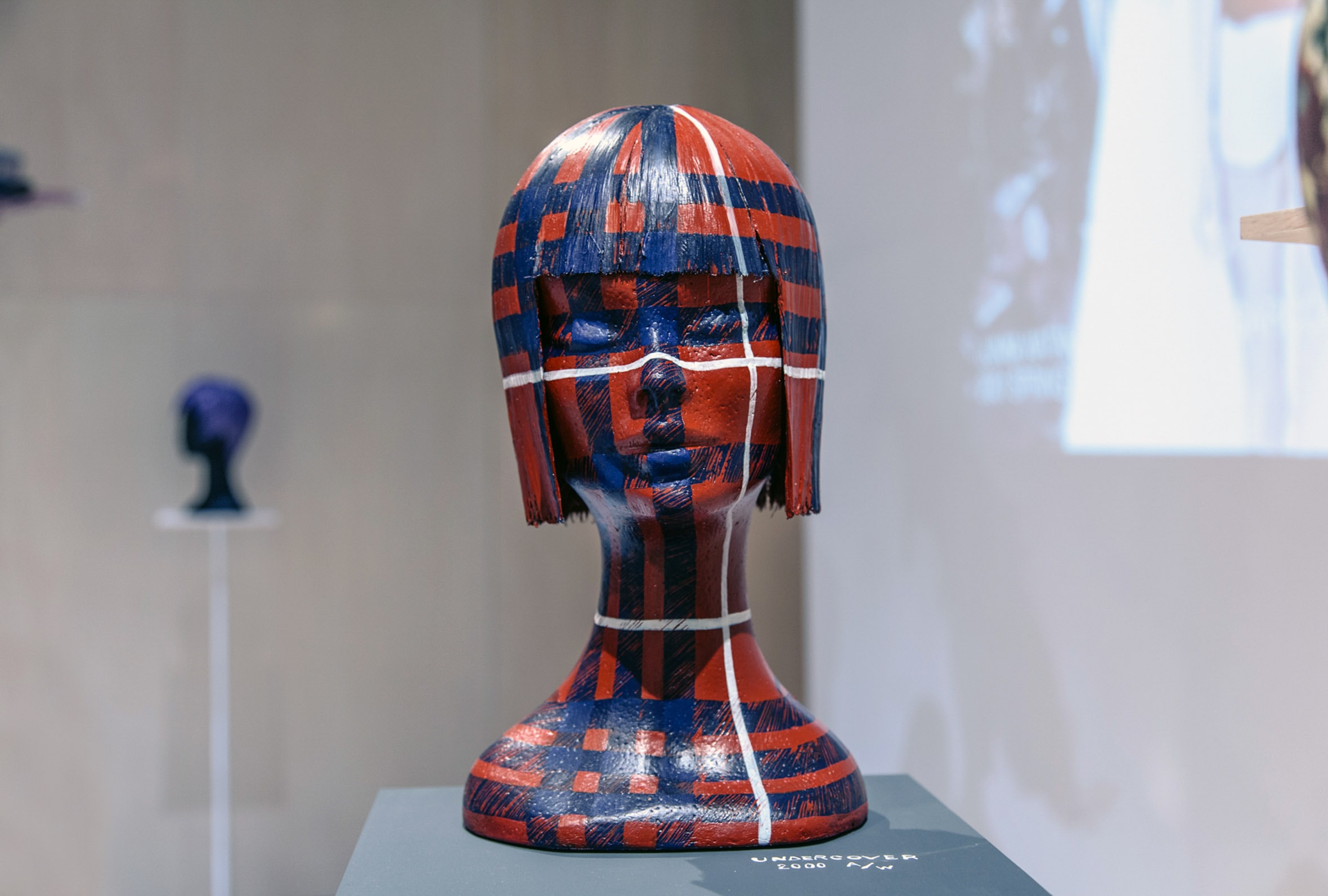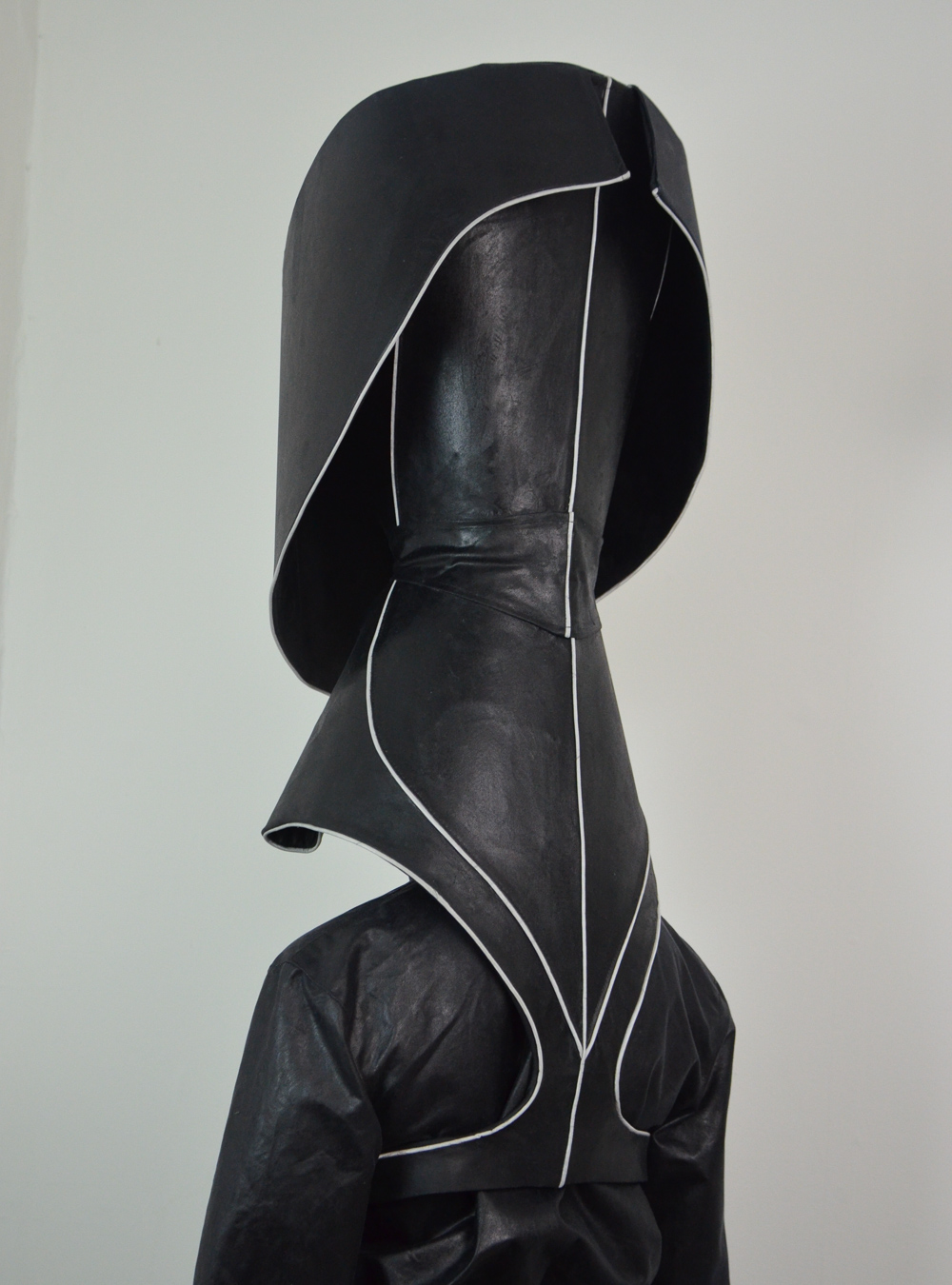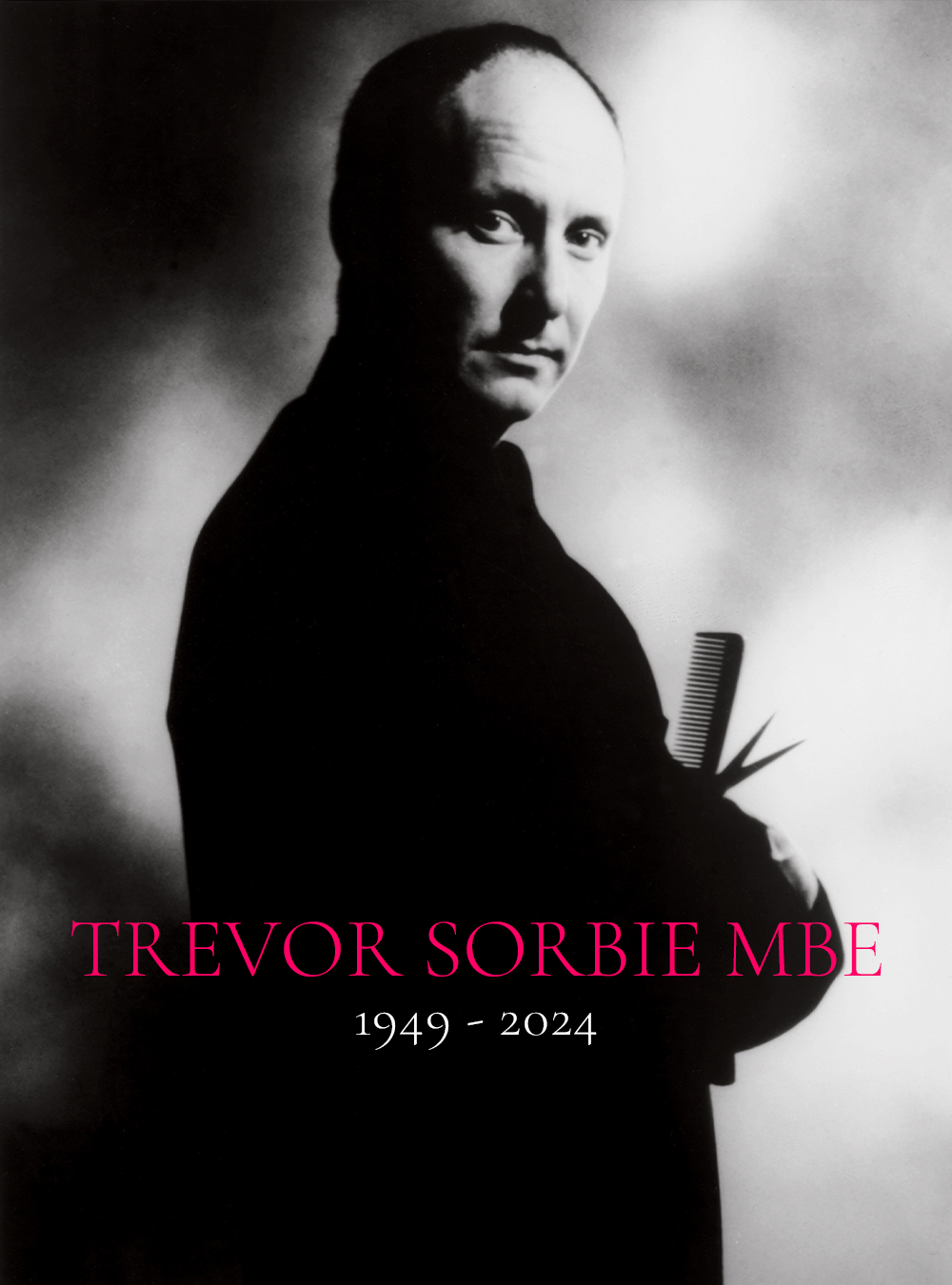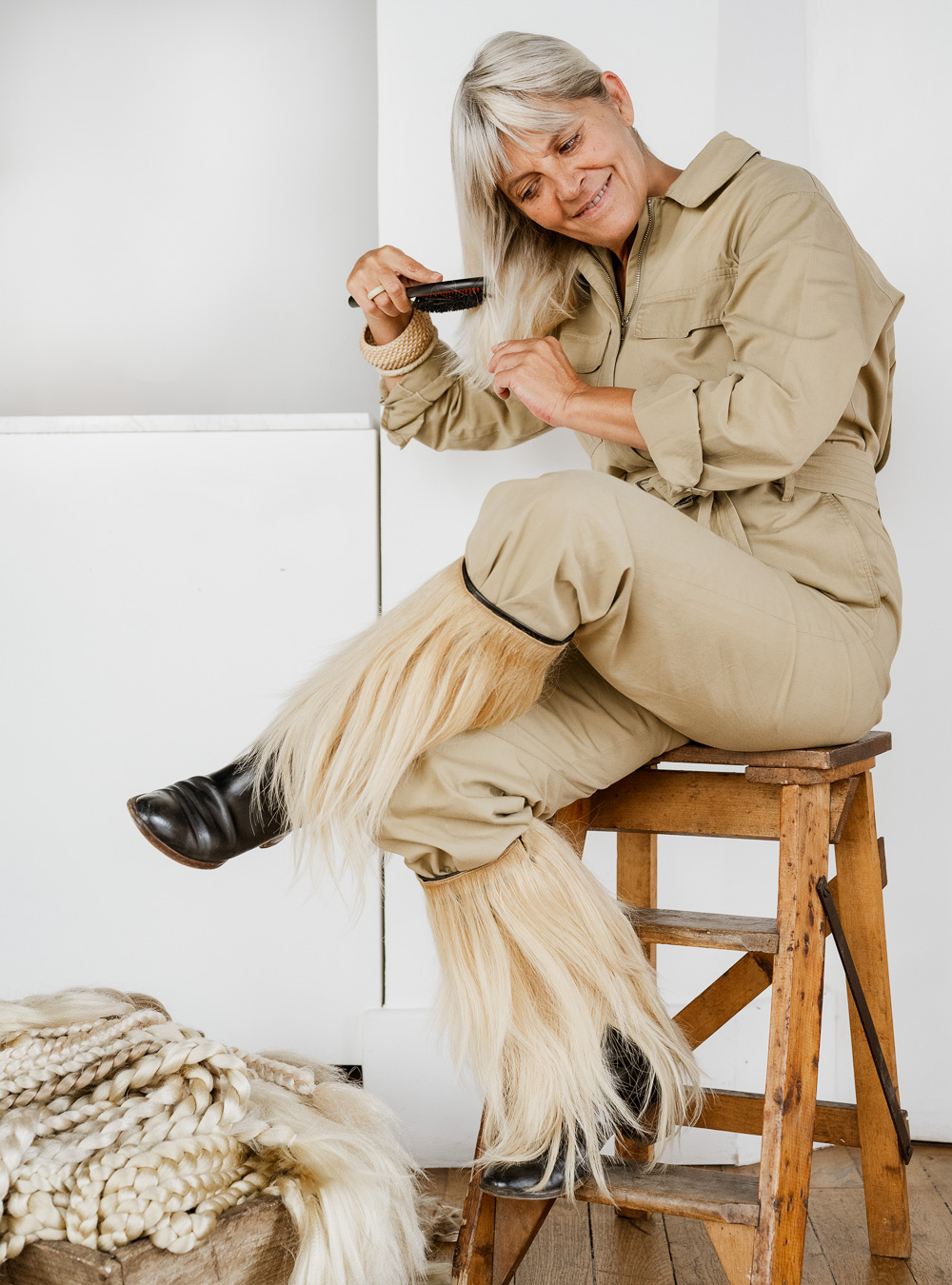PEOPLE: Meet the Japanese designer and artist Katsuya Kamo, who is renowned for crafting unique, off-kilter headpieces
Words: Emma de Clercq
Interview: Gen Itoh, Emma de Clercq
Photography: Aris Akritidis, Lee Basford
Video: Antonio Celotto
Special Thanks to Katsuya Kamo
Known for his inventive, off-kilter headpieces, the work of Katsuya Kamo is difficult to define. Using materials as diverse as feathers, paper, flowers and hair, his craft combines disciplines including hairstyling, millinery and design. Veering from the very delicate, to bold and structured – no two pieces are the same.
Growing up in Fukuoka, a young Kamo dreamed of becoming a clothing designer. However, living in what he describes as “extreme countryside” meant that opportunities for creative work were very limited. “I didn’t know where to start,” he recalls, “the closest person I knew who was linked to the fashion industry was a hairdresser in a salon, so that’s where I went”. In his early teens at the time, Kamo threw himself into work at the salon (“I don’t have the personality of a quitter so I just continued to work and work…”) and eventually began assisting renowned Japanese hairstylist Tetsuya Tamura, president of the influential Mod’s Hair agency. “I learned a lot from him, in terms of morals and ethics,” he says, “It was almost like a philosophy, I learned not so much about the skills, but more of a thinking approach towards hair”.
"I create without process, without taking into account the durability of materials, because it only has to last the 15 minutes of the show"
Moving to Paris, where the company was based, Kamo struggled to acclimatise to the Parisian way of life. “I wanted to leave as soon as I arrived,” he says, “I stayed in Paris for almost two years, but I just couldn’t fit in.” His subsequent return to Tokyo in 1996 marked a pivotal moment in his career. It was here that he began working with the Tokyo brand Undercover, as well as designer Junya Watanabe at Comme des Garcons, a fruitful and collaborative working relationship that continues to this day. It was Watanabe who encouraged Kamo to start approaching his craft in the role of a ‘headpiece designer’, pushing him to create the whimsical, off-kilter pieces for which he has become known. Kamo explains, “It was Mr Watanabe who first told me, I think in a moment when I was out of ideas, ‘well, you’re a designer as well, aren’t you?’ That’s when I thought ‘yes, I am'”.
"Is it beautiful, or not? That's the only thing I'm concerned about"
With an unremittingly modest approach to his practice, Kamo attributes his mainstream success to his association with Junya Watanabe and Undercover. “They became very well known, and I was working for them, so that’s how I became known. It’s as simple as that. Then an agent found me and asked me to join their agency – so I did. Next, an agency from New York found me. I just joined the two agencies who came first. I didn’t plan any of it.”
In 2013, his work was celebrated in a solo exhibition at Tokyo’s Laforet Museum. Titled 100 Headpieces, the show detailed the incredible scope and diversity of Kamo’s creations, shown together for the first time. Kamo explains that, for the exhibition, he had to recreate most of the 100 headpieces from scratch, as their fragility means they often don’t survive their first use. “I create without process and without taking into account the durability of materials,” he explains, “because it only has to last the 15 minutes of the show. Also, I always redo my work a few times after it’s complete, because a day or two later, I no longer like it. So I rebuild it again, then I don’t like it so I demolish it again… bang!” However, Kamo admits that the sheer effort of recreating every single piece for 100 Headpieces has now awakened the archivist in him. “Since the exhibition, when I build new works… I make sure to keep them neatly!”
- ANTHROPOLOGY OF HAIR
- ANTHROPOLOGY OF HAIR
- ANTHROPOLOGY OF HAIR
- ANTHROPOLOGY OF HAIR
- ANTHROPOLOGY OF HAIR
